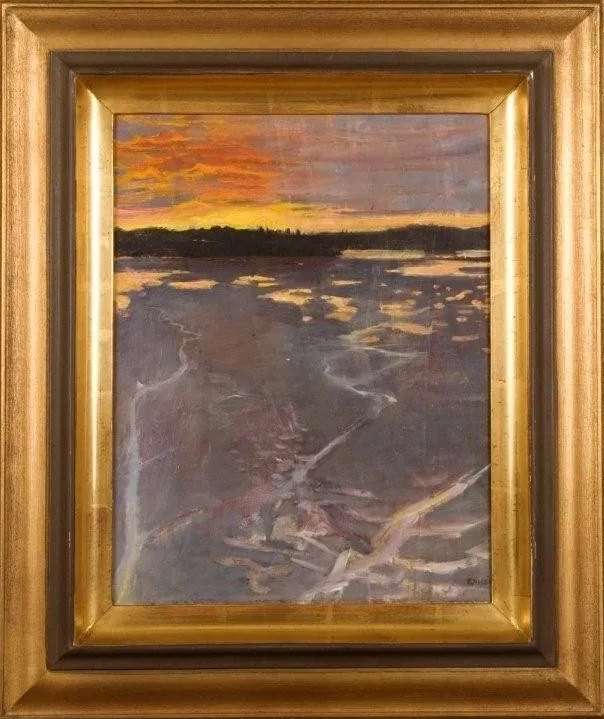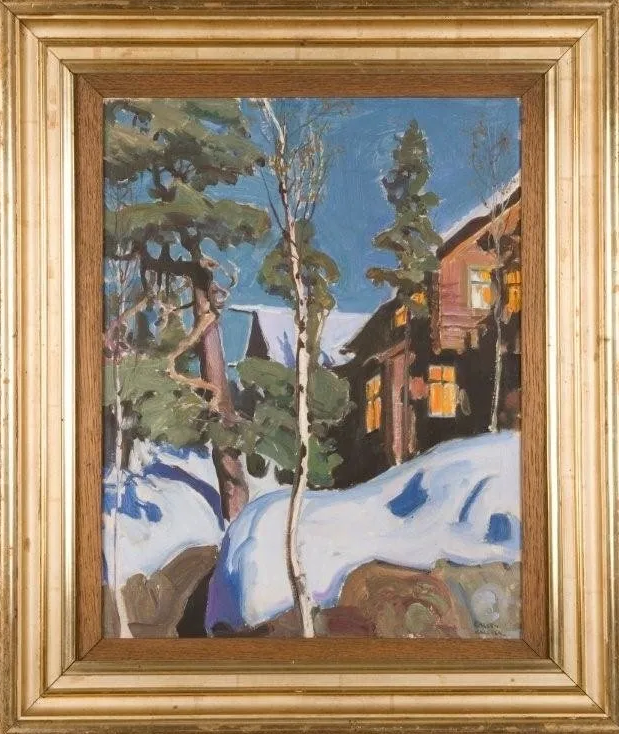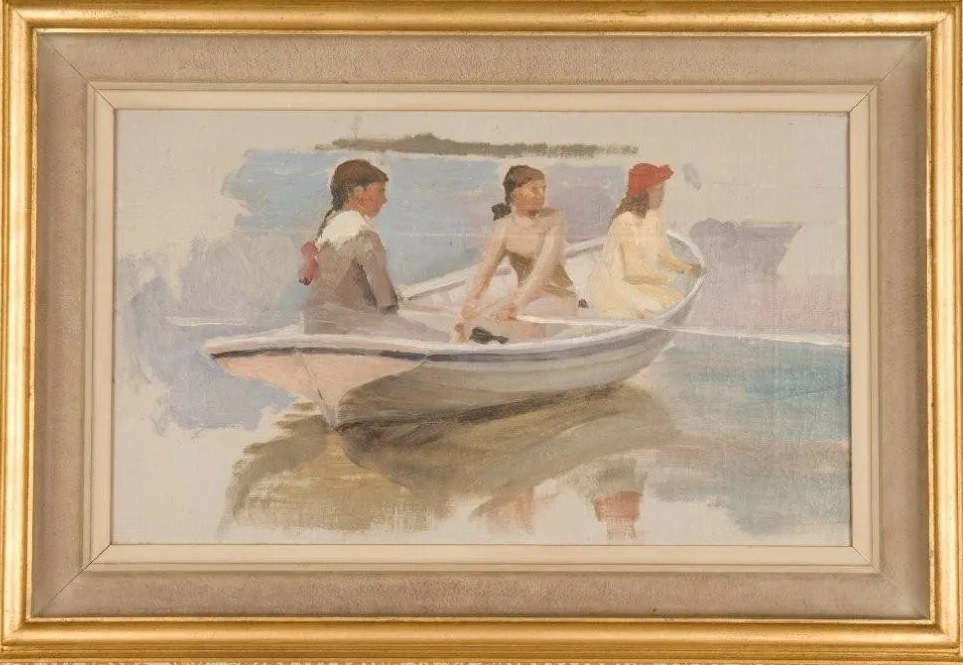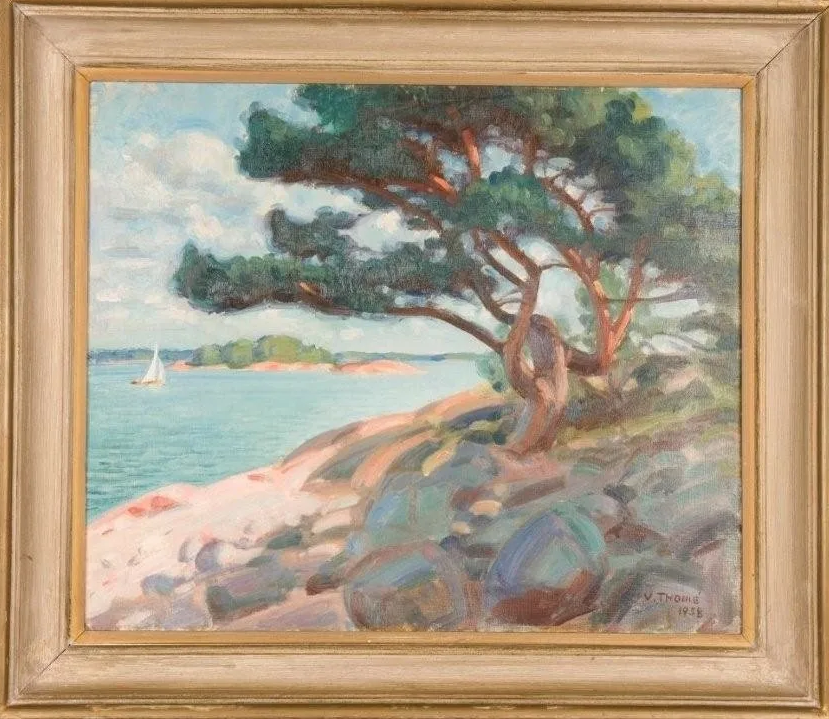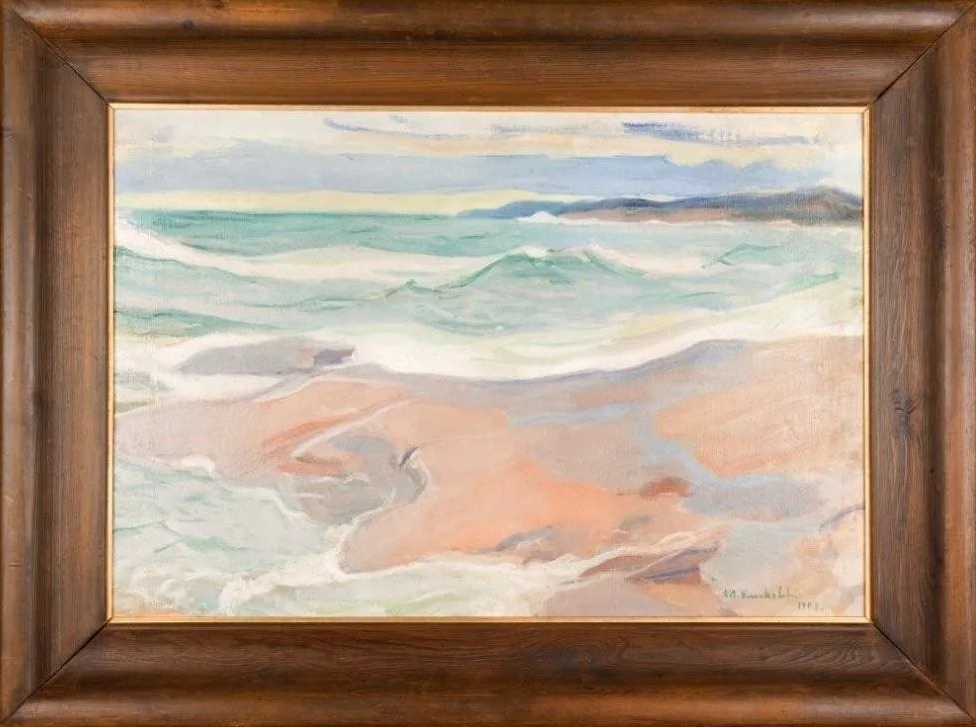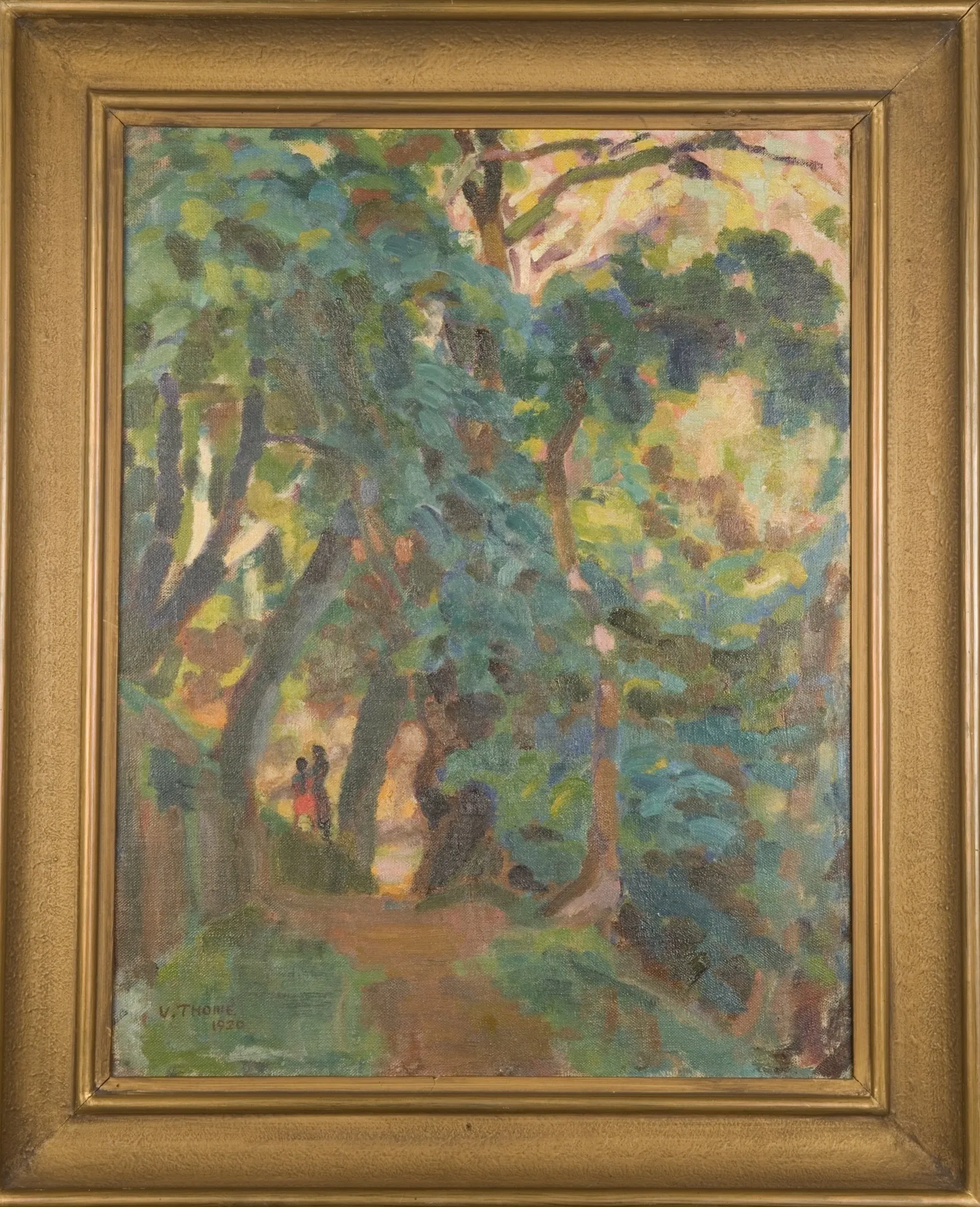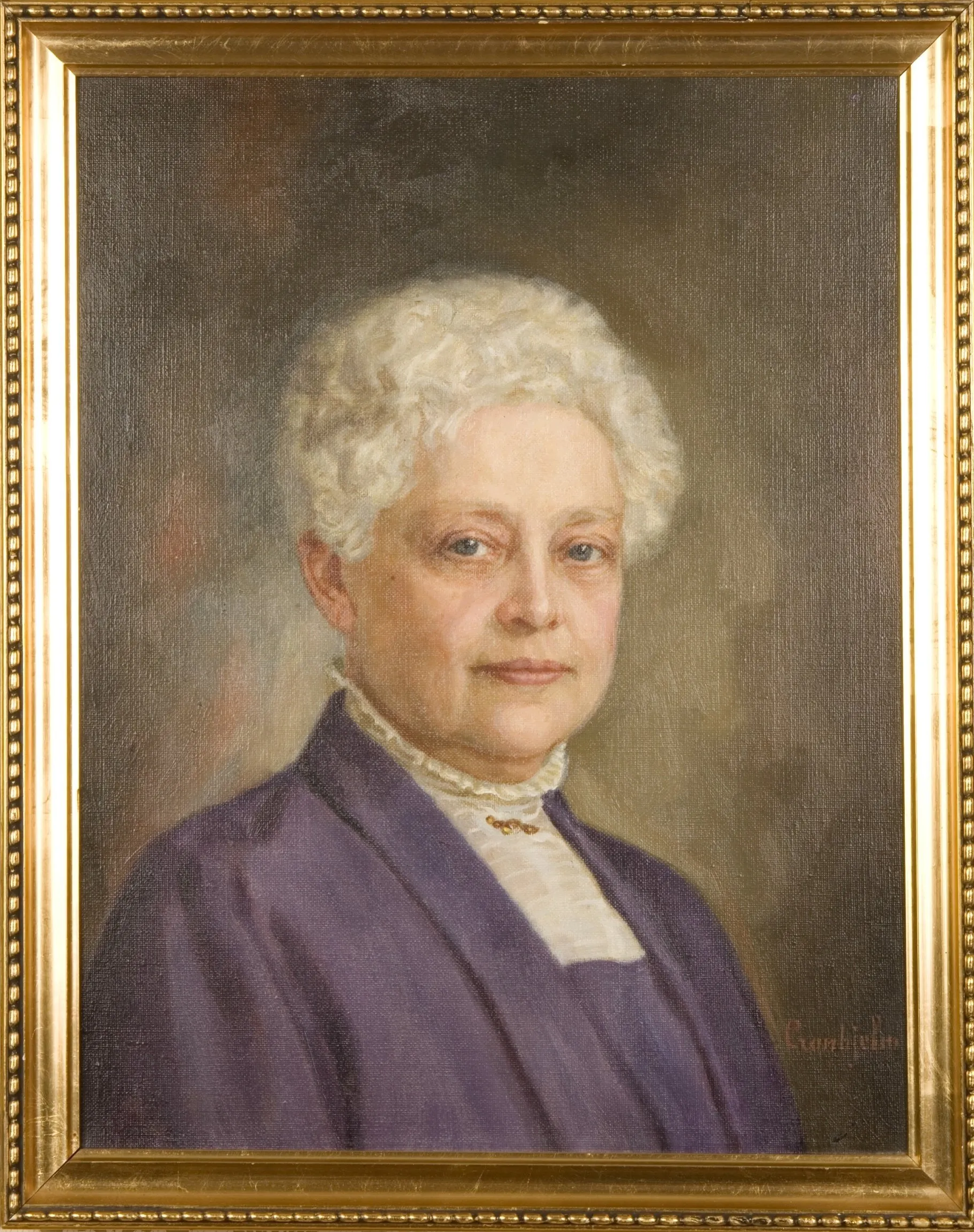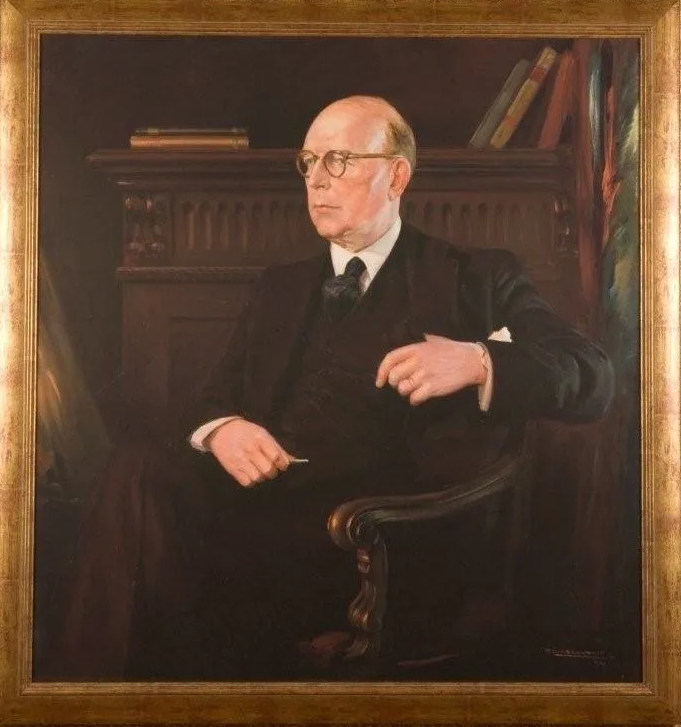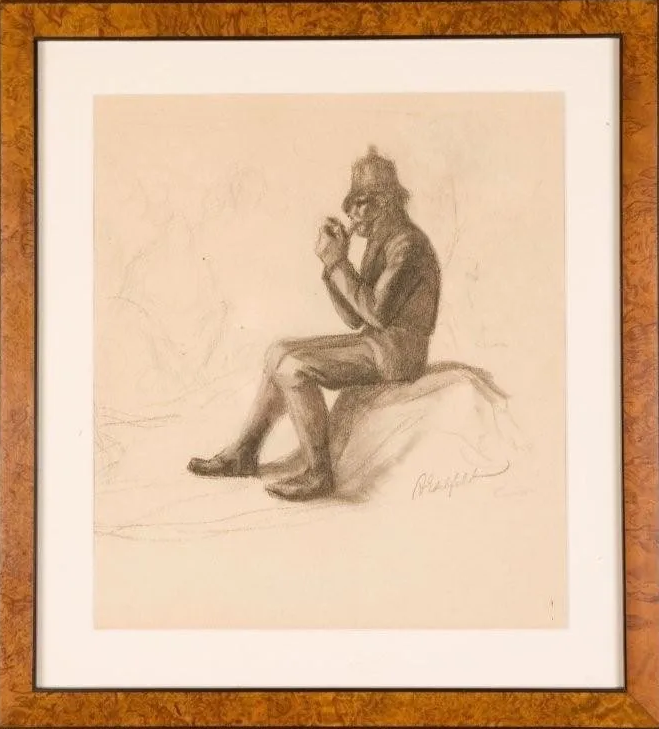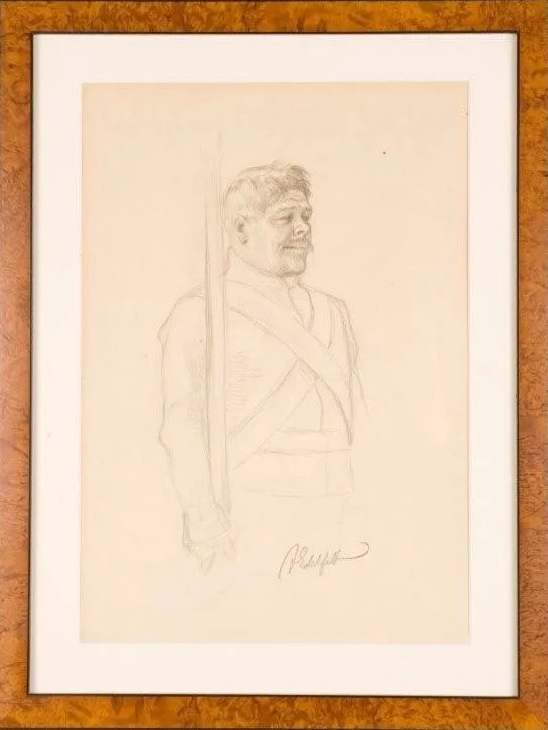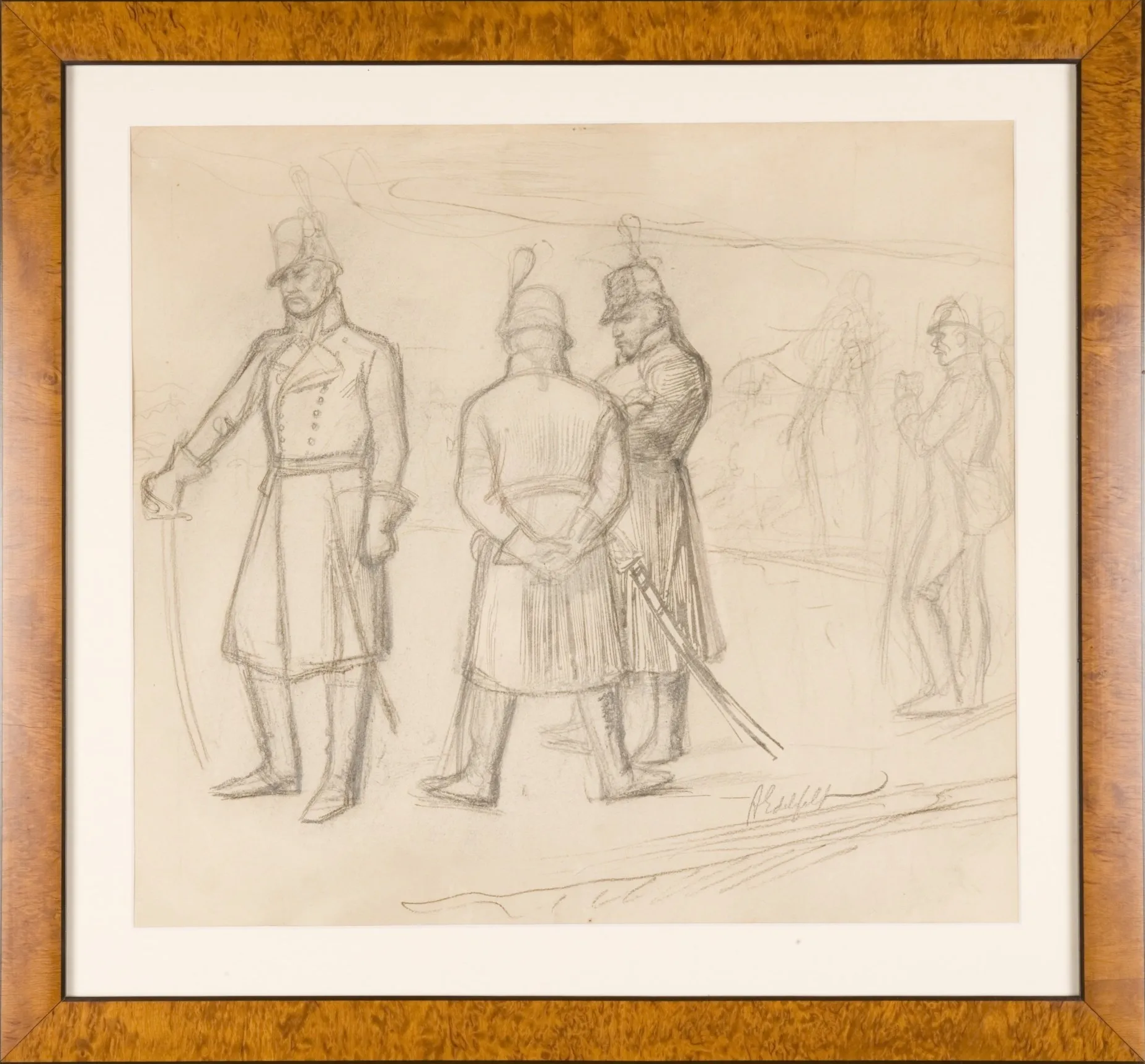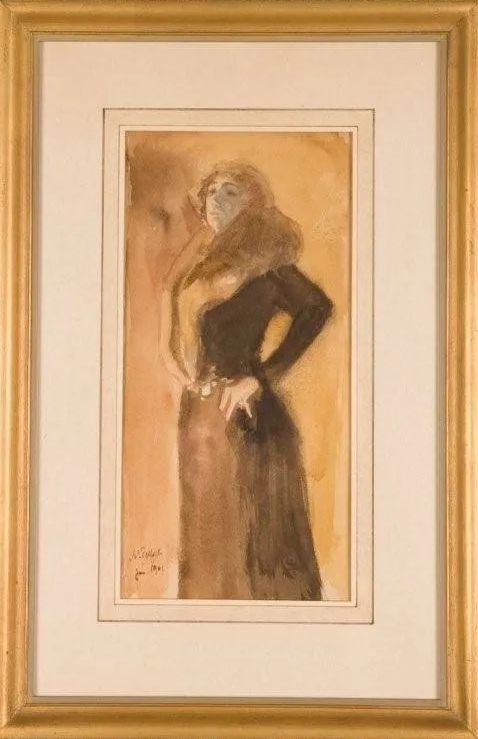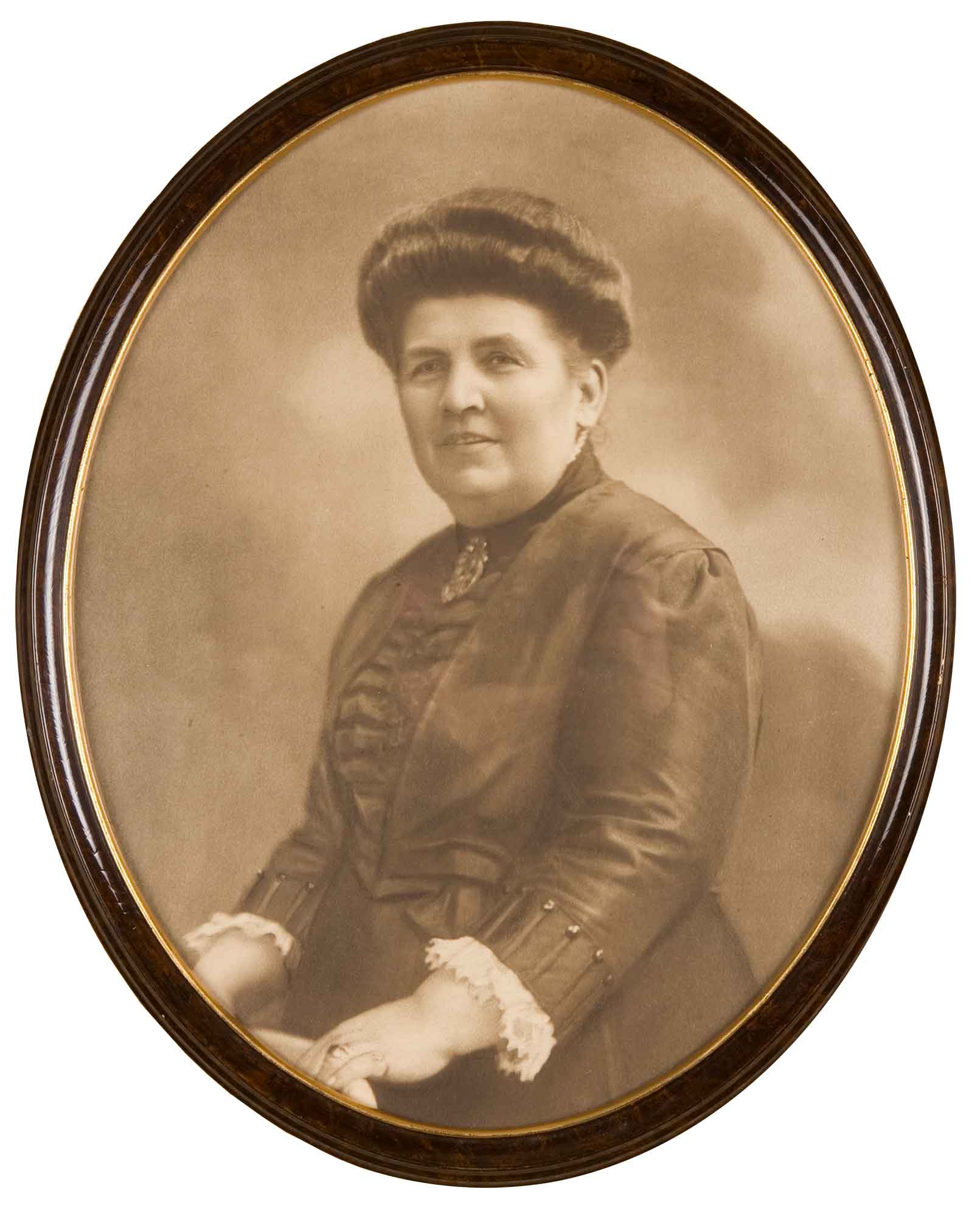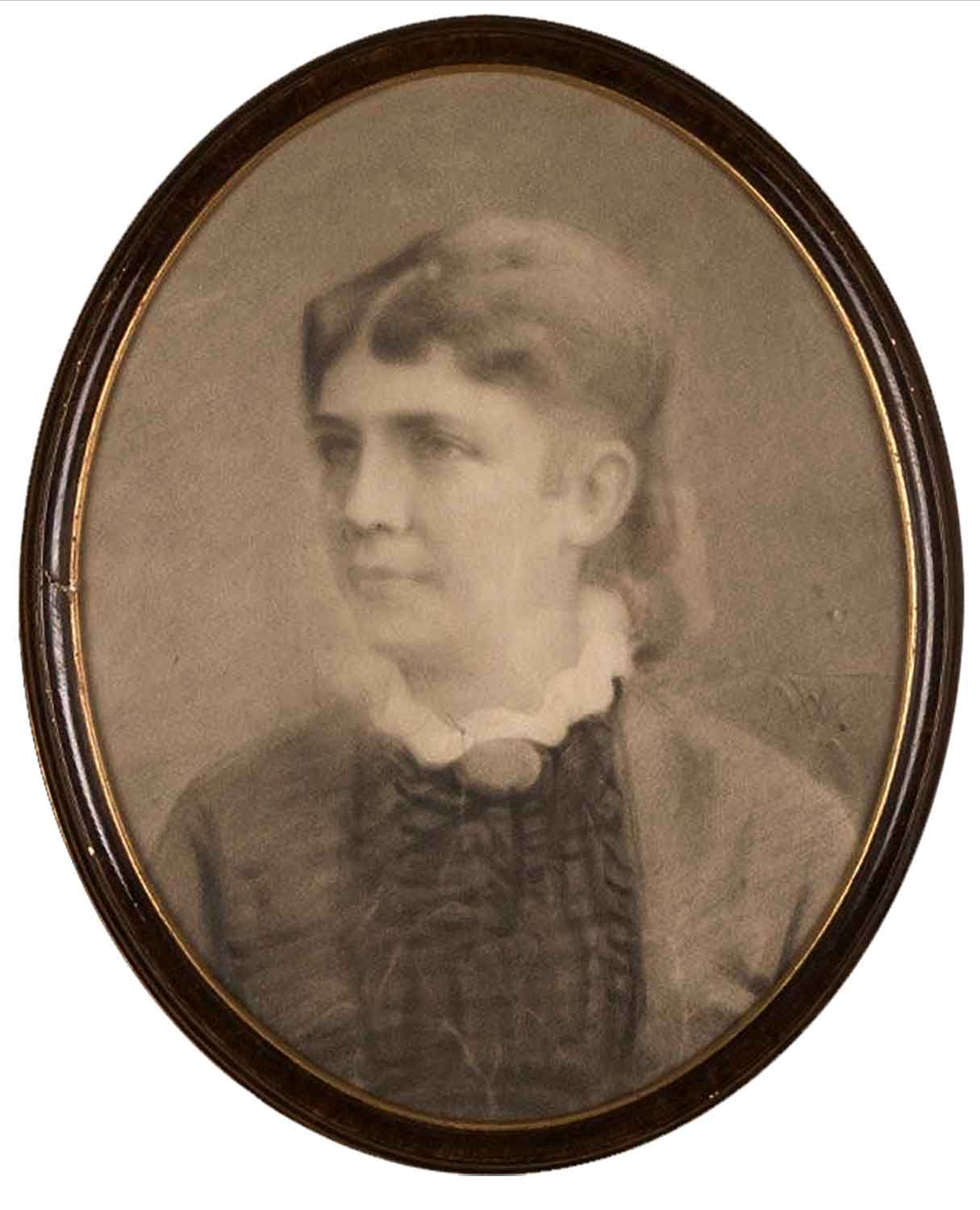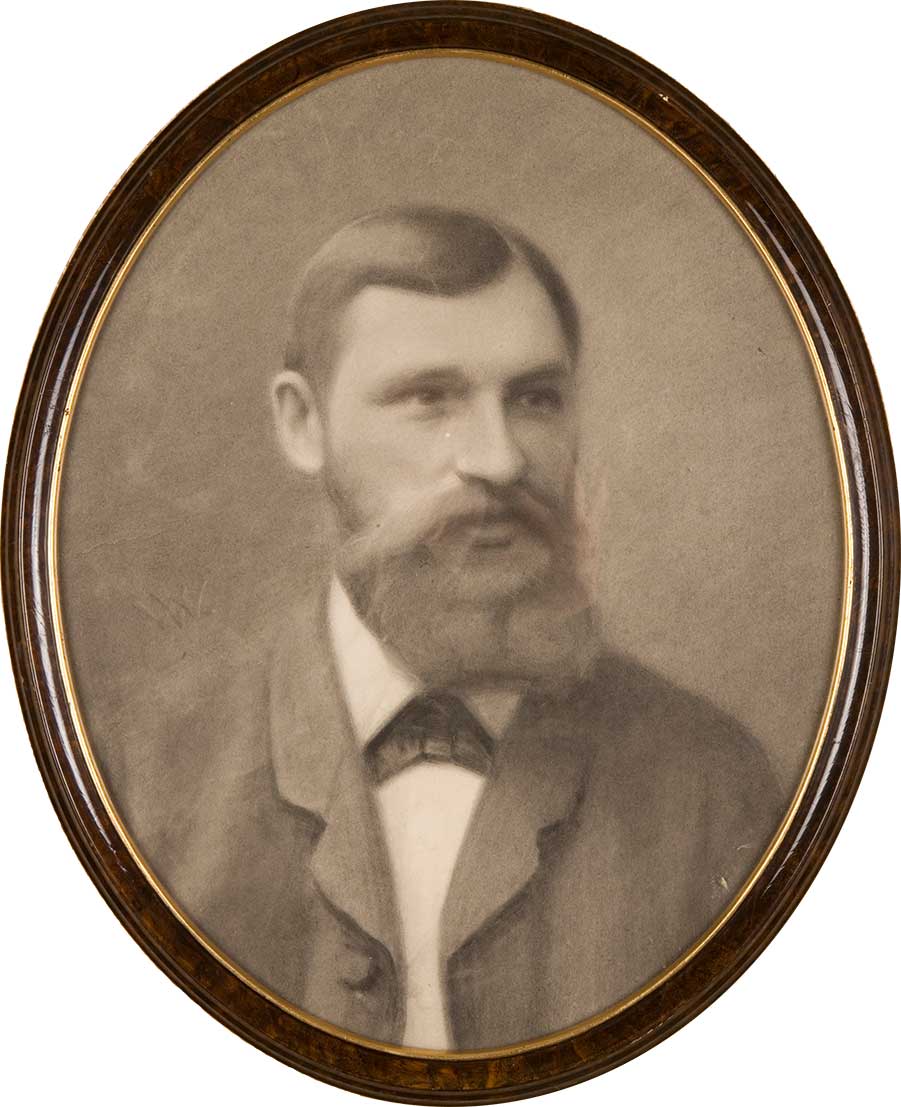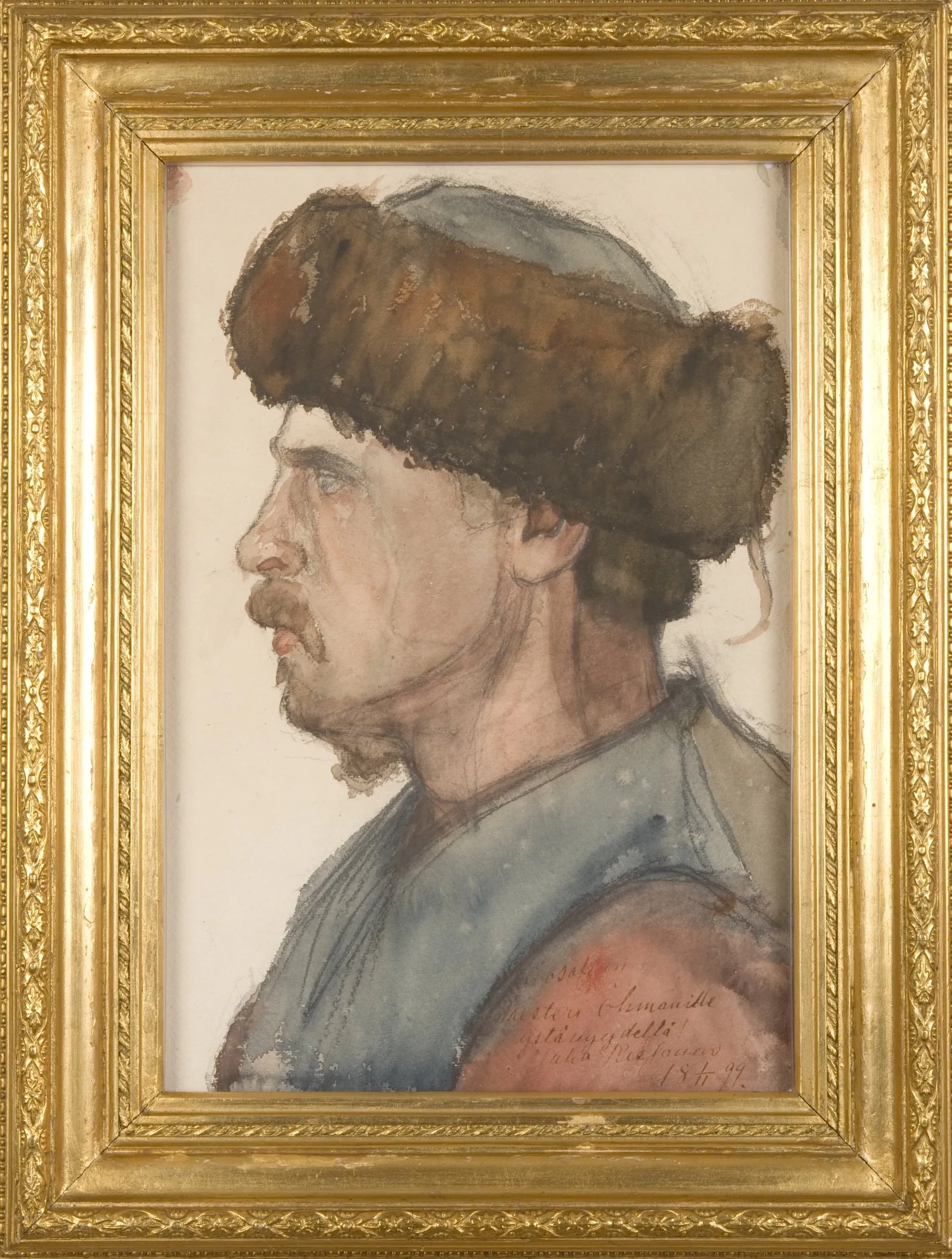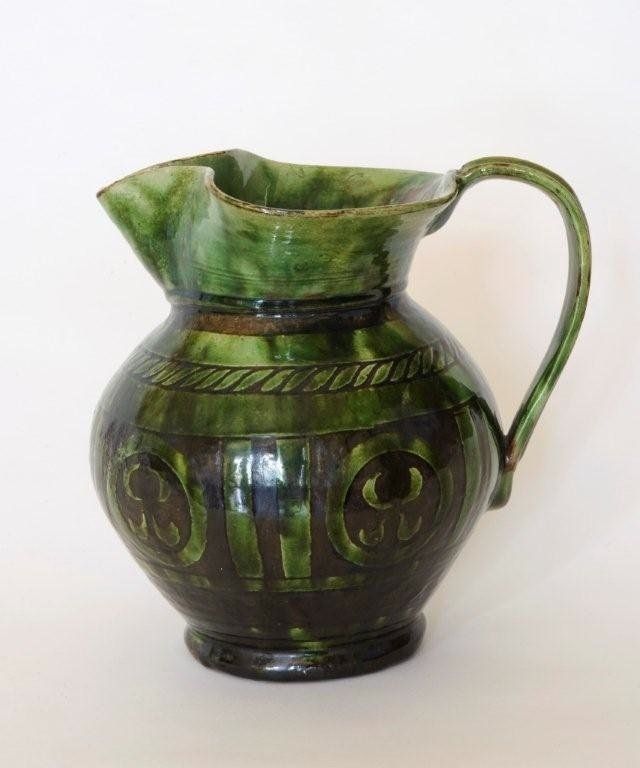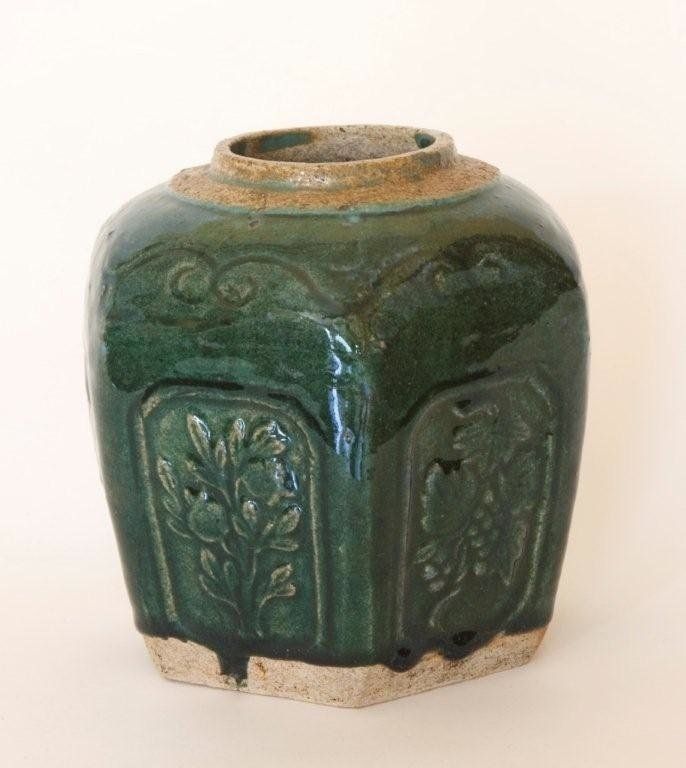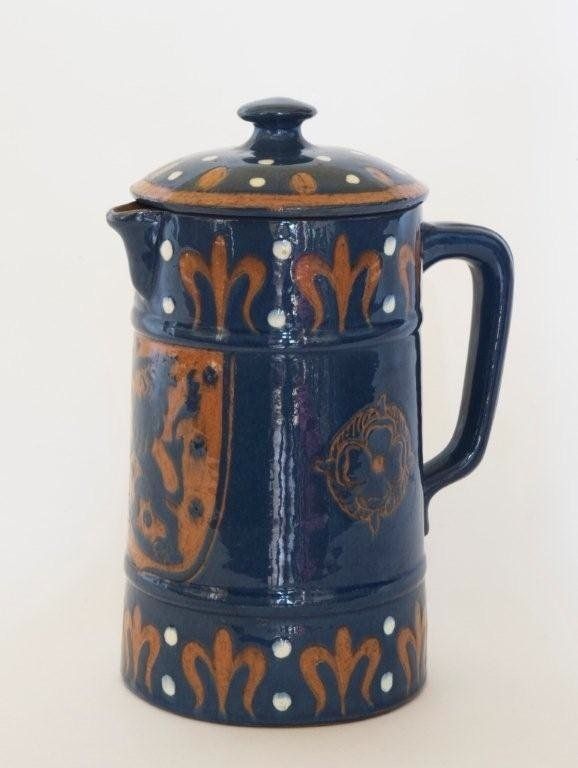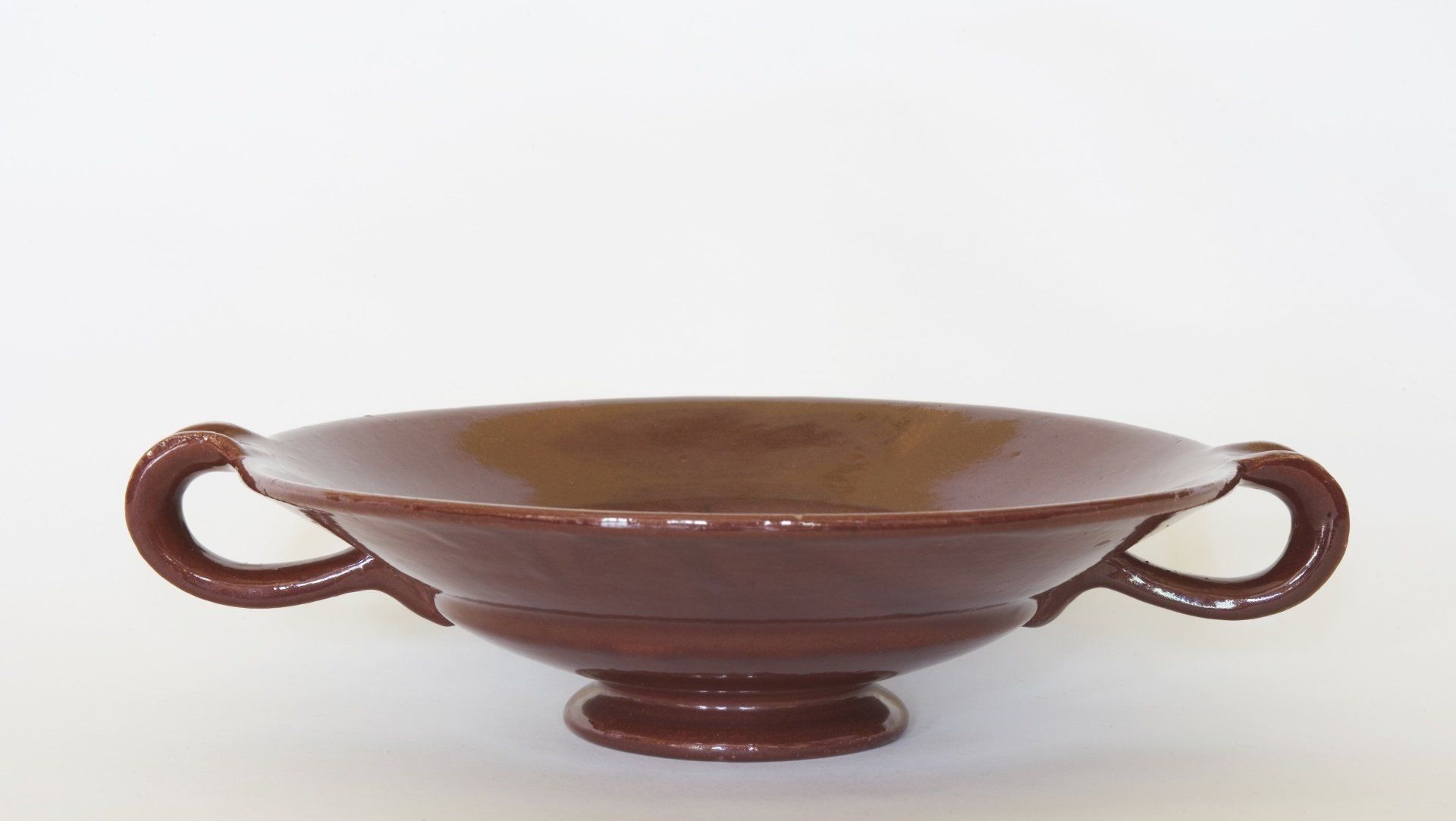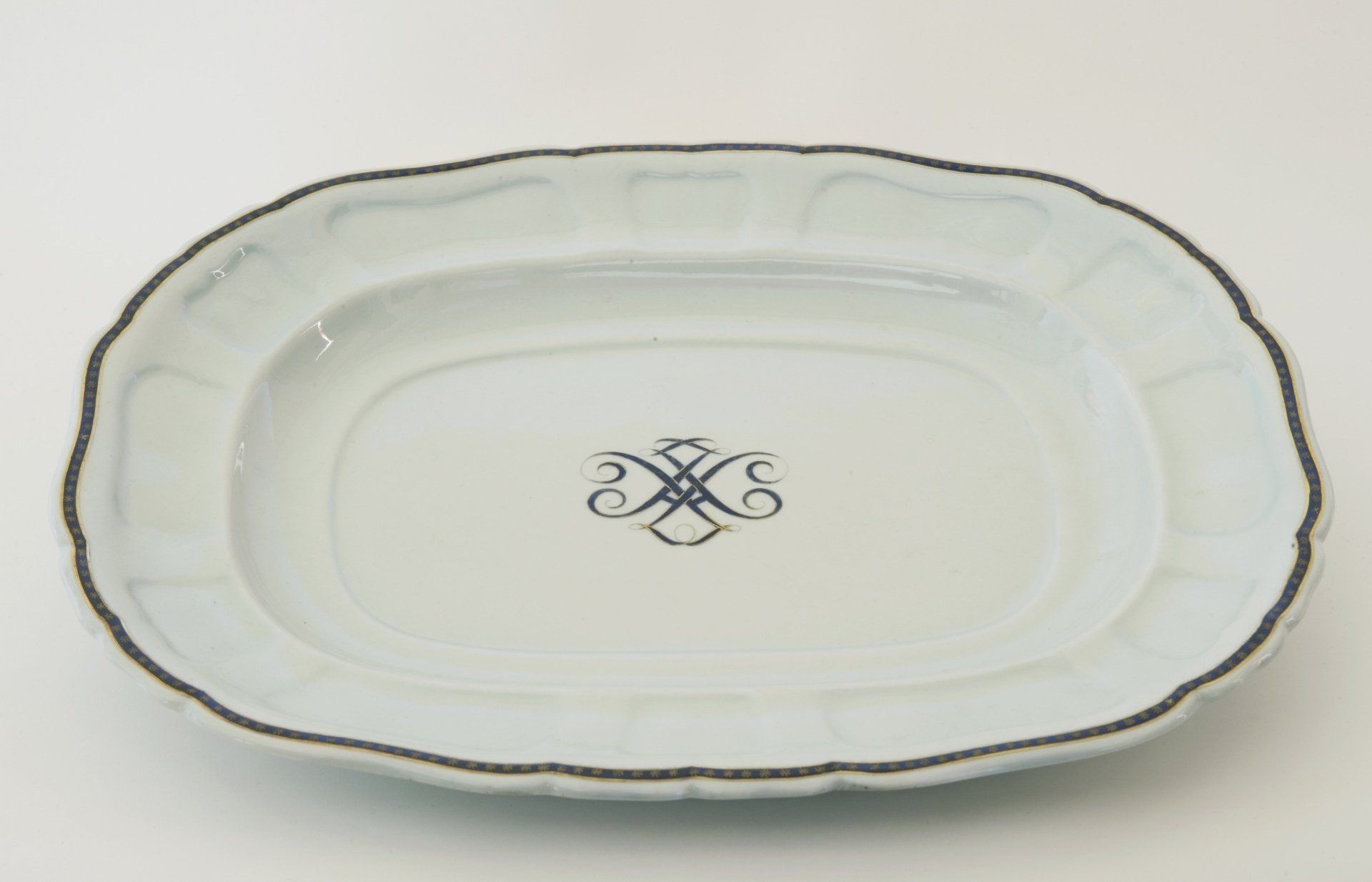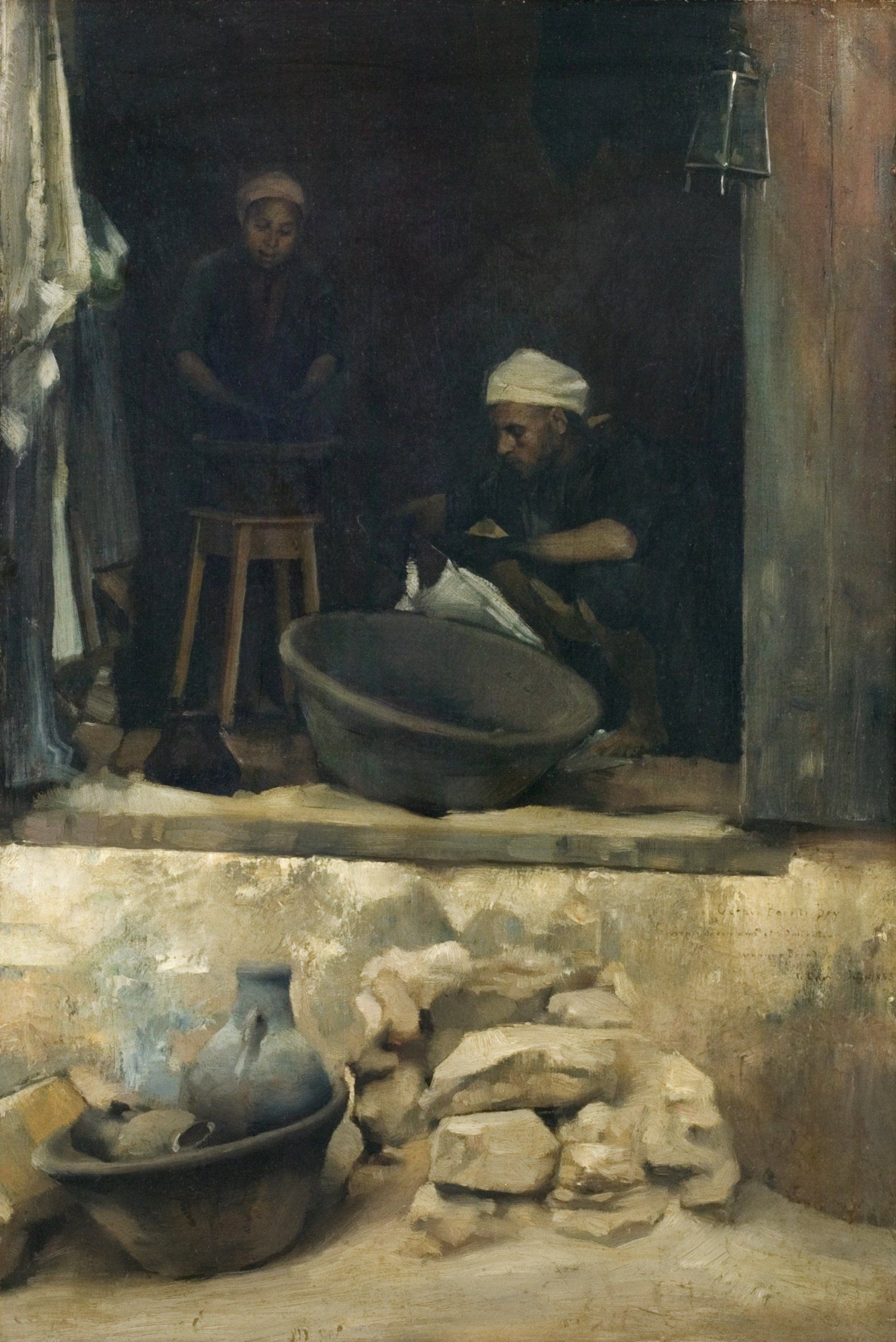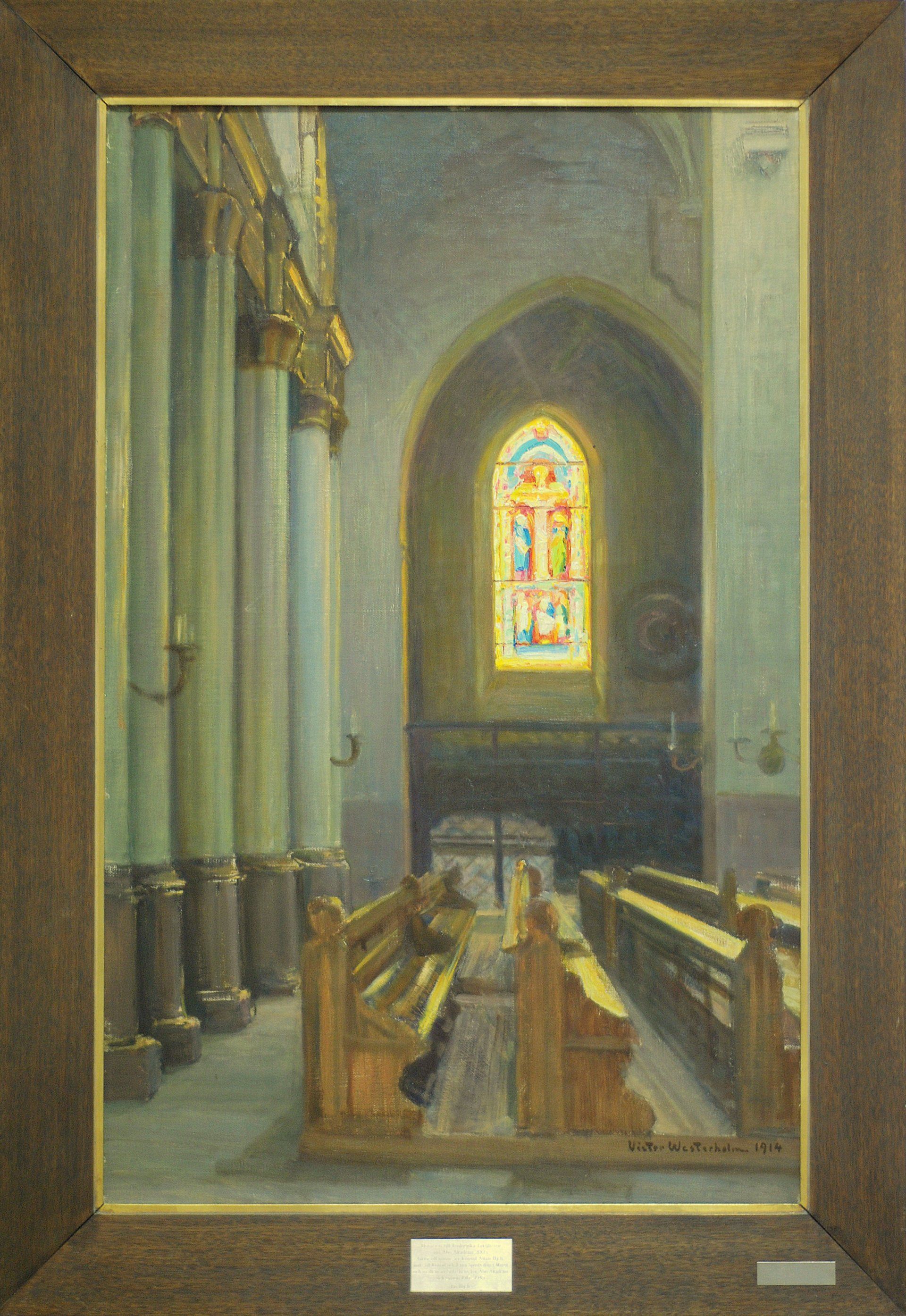Allan and Bo Hjelt’s Art Collection
Axel Gallen-Kallela
Issprickning, 1896, 50x42,5 cm, olja på duk. Photo: Robert Seger
Axel Gallen-Kallela
Vintervy med Kalela, 1890-tal, 63x53 cm, olja på duk. Photo: Robert Seger
Albert Edelfelt
I sommarkväll (förstudie), 1883, 35x51 cm, olja på duk. Photo: Robert Seger
Verner Thomé
Tallstrand, 1938, 57x66,5 cm, olja på duk. Photo: Robert Seger
Magnus Enckell
Strandvy, 1908, 64x85 cm, olja på duk. Photo: Robert Seger
Verner Thomé
Skogsdunge, 80x60 cm, olja på duk. Photo: Robert Seger
Cronhjelm
Vera Hjelt (1894-1960), 46x35,5 cm, olja på duk. Photo: Robert Seger
Kopia, Corbella
Allan Hjelt (1885-1945), 120x112,5 cm. Photo: Robert Seger
Albert Edelfelt
Rökande soldat. 47x50 cm, blyerts. Original drawing by Albert Edelfeldt for Fänrik Ståls sägner, written by Johan Ludvig Runeberg. Photo: Robert Seger
Albert Edelfelt
Munter. 1890-tal, 35,5x32,5 cm, blyerts. Original drawing by Albert Edelfeldt for Fänrik Ståls sägner, written by Johan Ludvig Runeberg. Photo: Robert Seger
Albert Edelfelt
Döbeln, 1890-tal, 41x31 cm, blyerts. Original drawing by Albert Edelfeldt for Fänrik Ståls sägner, written by Johan Ludvig Runeberg. Photo: Robert Seger
Albert Edelfelt
Porträtt, Elsa Lindberg-Dovlette, 1901, 43,5x28 cm, akvarell. Photo: Robert Seger
Olga Hjelt (photographer unknown)
Photo: Robert Seger
Victor Westerholm
Olga Hjelt (1864-1951), 53x43 cm, krita. Photo: Robert Seger
Victor Westerholm
Edrik Hjelt (1855-1917), 53x43 cm, krita. Photo: Robert Seger
Juho Rissanen
Man i pälsmössa, 1889, 56x43 cm, akvarell. Photo: Robert Seger
Antti Favén
Vårvinter, 1902, 54x54 cm, olja på duk. Photo: Robert Seger
Kanna
Ceramic from Iris ceramic industry, Porvoo, Finland. Signed AB Iris Borgå Finland. Photo: Robert Seger
Kruka
Ceramic from Iris ceramic industry, Porvoo, Finland. Photo: Robert Seger
Kanna
Ceramic from Iris ceramic industry, Porvoo, Finland. Signed A.W. F, Iris Finland. The belgian painter and ceramist Alfred WilliamFinch (1883-1930) moved to Porvoo, Finland in 1897 to head the Iris ceramics factory, and influenced the development of the local Jugendstil. Photo: Robert Seger
Fat
Ceramic from Iris ceramic industry, Porvoo, Finland. Signed A.W. F, Iris, Finland. Photo: Robert Seger
Serveringsfat
Serving dish. The service set with the Hjelt family monogram that Allan Hjelt ordered from Rörstrand
Gunnar Berndtson
Arabiska färgare, Arabian Dyers. Olja på duk. Oil on canvas. 1883. Photo: Gösta Serlachius Konststiftelse/Bildarkivet, Mänttä
Viktor Westerholm
Interiör från Åbo domkyrka. The painting is placed in the library of the Theologicum, Åbo Akademi University. Photo: Joanna Lindén.
Wooden boy / Trägossen
Wooden boy / Trägossen by Wäniö Aaltonen, 1915. Ateneum, Helsinki.Weinö Aaltonen Museum of Art writes: "... References to Egyptian art are especially visible in Aaltonen's early images of women and children. As early as in 1915, he sculpted a statue of a small boy with his belly exposed; it was intended as the central figure in the Petrelius fountain competition. Presumably, he did not submit a proposal for that competition, but a seed was sown, and it began to sprout. The sculpted figure, which the artist named a "Bellyboy", finally sprouted into several versions in different materials; Wooden Boy, 1915; Granite Boy, and ceramic and bronze casts were among them... "

